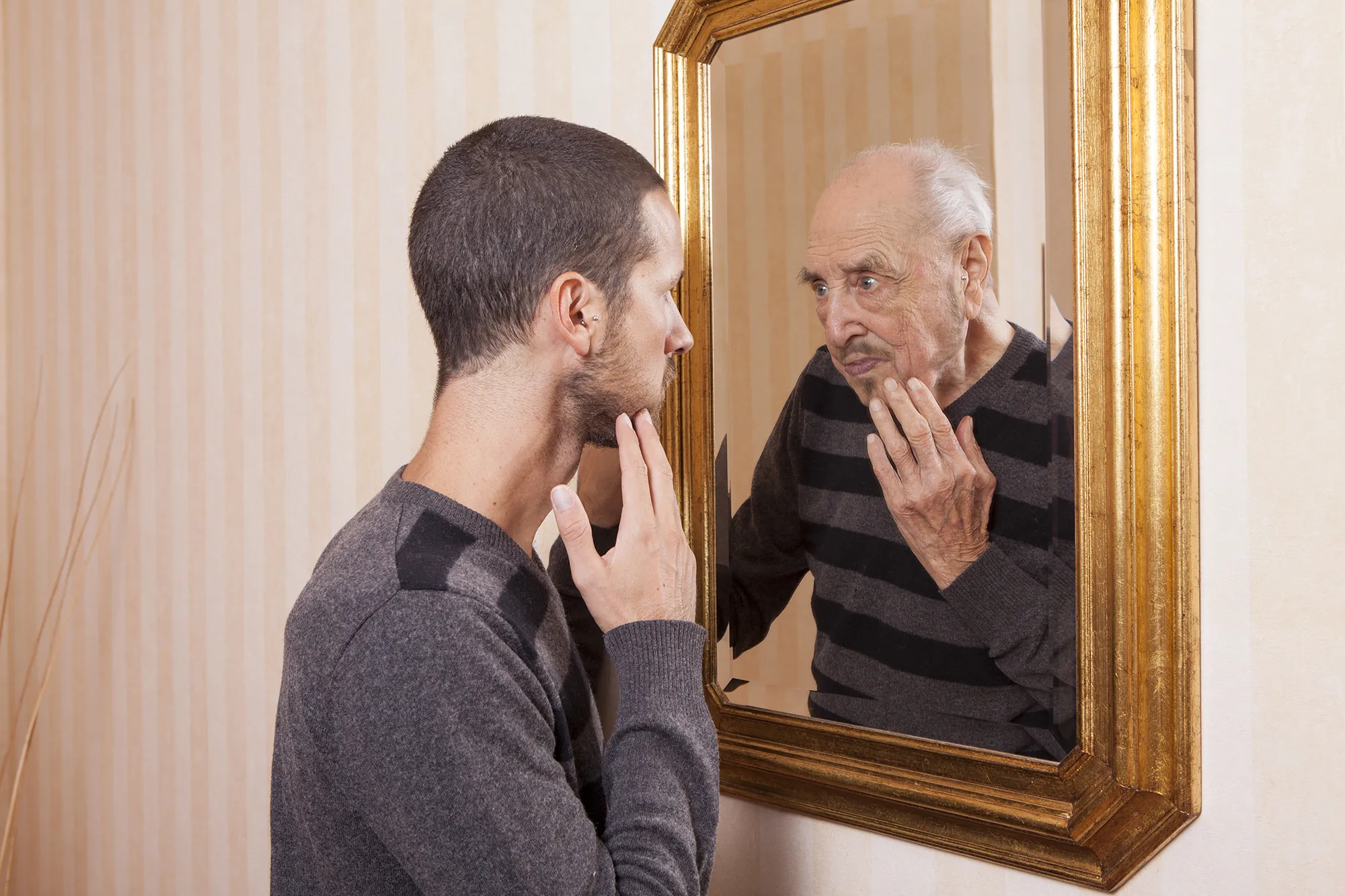Magazine
What Our Facial Skin Says about Our General Health
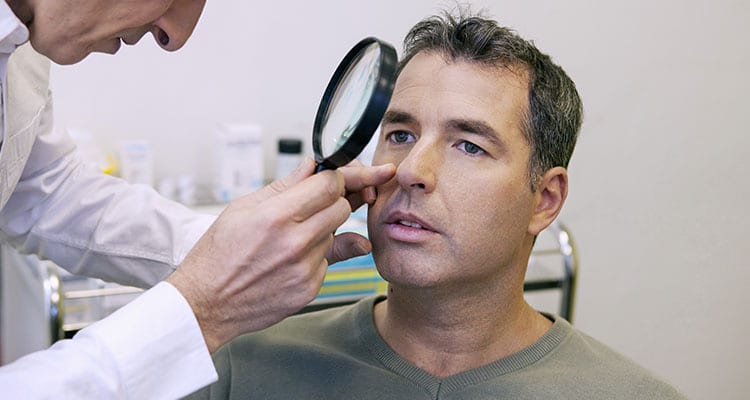
If our eyes are the windows to our souls, our faces are mirrors in which we can see what’s going on with our overall health. In fact, our facial skin can often act like an early warning system for serious issues that lie beneath the skin. Here are some examples of how facial skin accurately reflects the state of our general health.
Yellowish Facial Skin and Eyes
Jaundice is the first thing that comes to mind when your facial skin and eyes take on a yellowish tinge. Although this is quite normal for babies, in adults, it could mean liver problems. Go see your physician at the earliest opportunity because it could indicate a more serious condition like hepatitis or gallbladder issues.
Butterfly Rashes
This unique type of facial rash could indicate Lupus, especially in conjunction with other symptoms like stiffness in your joints, and fever. However, if it’s just a rash, it’s possibly related to allergies, so don’t go jumping to conclusions. If the rash persists and you start experiencing other symptoms, it’s better to fix a doctor’s appointment to find the root cause.
New Birthmarks or Moles
The sudden appearance of moles or birthmark-like markings on the skin isn’t an indication of ill-health on its own, but if the mole or mark has an uneven color or is jagged at the edges, or if you notice a change in size over time, it’s better to have it looked at. Very often, however, overexposure to the sun is the culprit, and you can easily overcome this by using a facial cream with a higher SPF than you normally use.
Dark Circles Under the Eyes
Dark circles under your eyes are usually a sign of lack of sleep, but not necessarily so. It could be related to a variety of root causes, including but not limited to changes in hormone levels, too much coffee, and excessive smoking. If the appearance is sudden and doesn’t coincide with lack of sleep or any of the other causative factors mentioned here, it’s better to get it checked out by your doctor.
Yellow Spots or Bumps on Eyelid
These are harmless and usually painless, but it could be an indication of high triglyceride and cholesterol levels, so a blood test would be in order if you notice raised, yellow spots on the inner edges of your eyelids. The ‘bumps’ are called xanthelasma palpebrarum and are essentially cholesterol deposits. They can easily be removed by a dermatologist, but be warned that they could indicate elevated risk of heart attacks and strokes.
Our facial skin, as you can see, is a fairly good reflection of what’s going on inside us. Some of these are more serious than others, but in every case where the condition develops or worsens rapidly, medical intervention is advised.
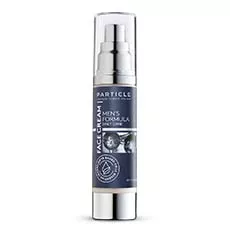
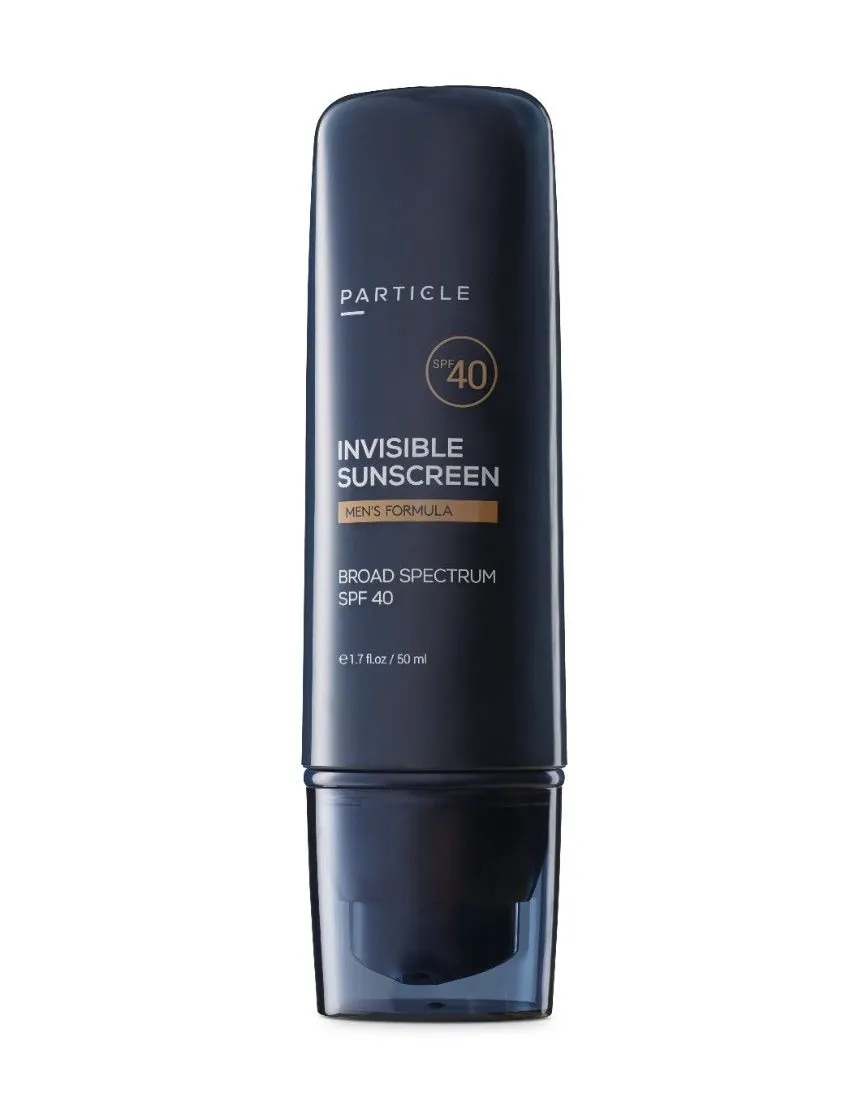
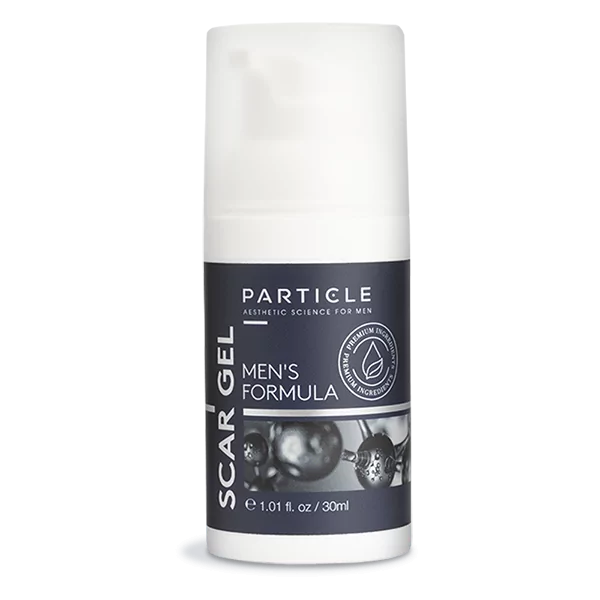
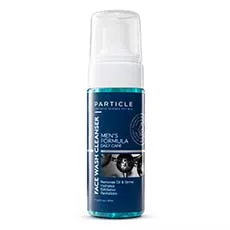
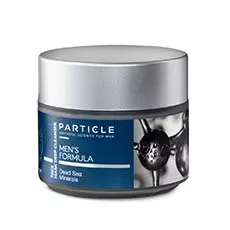
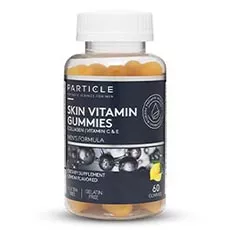
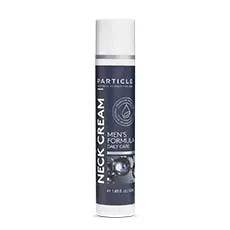
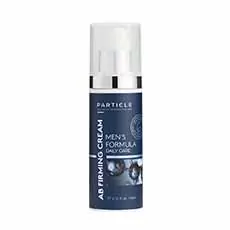
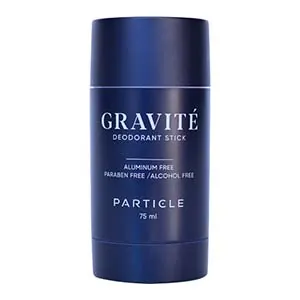
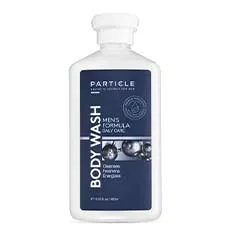
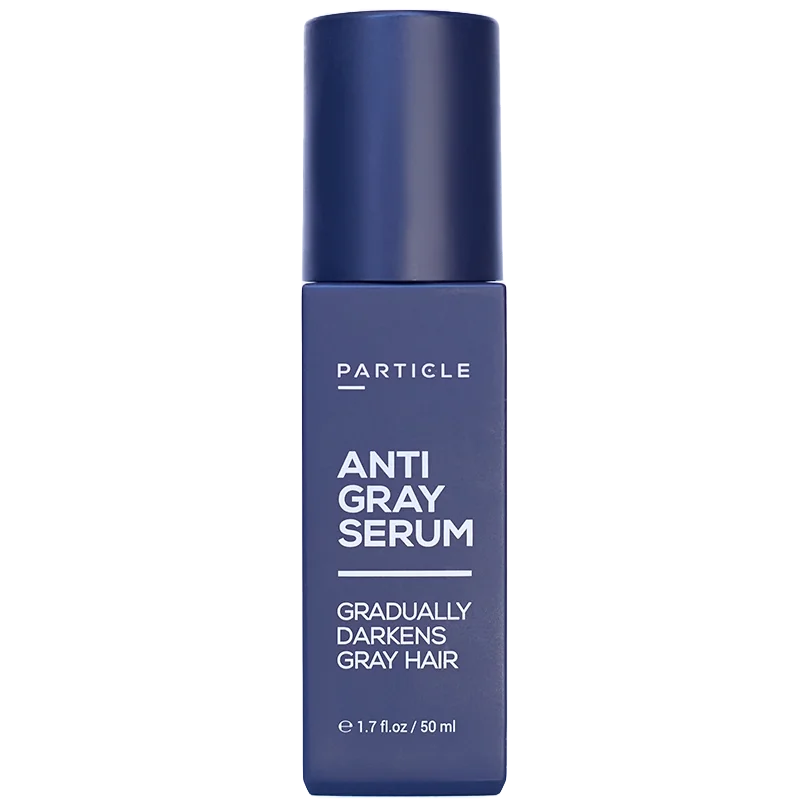


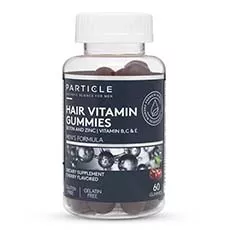
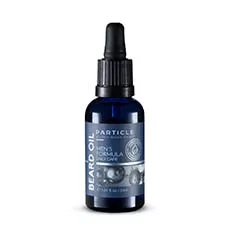



 en
en















